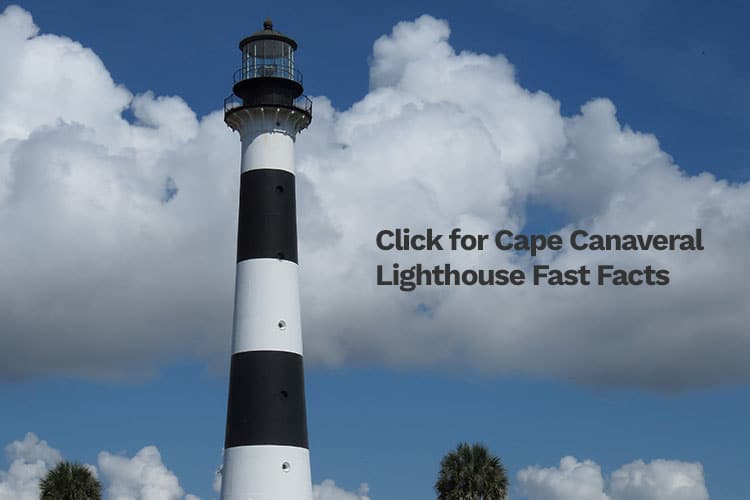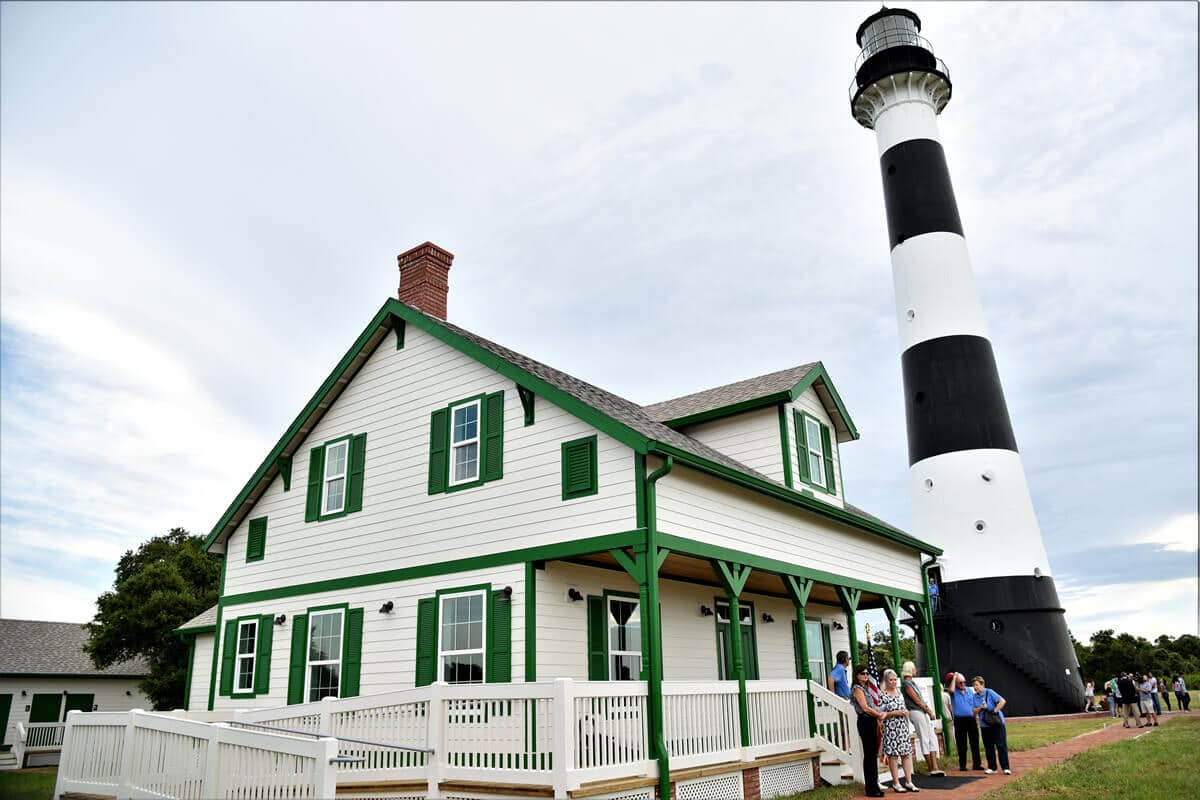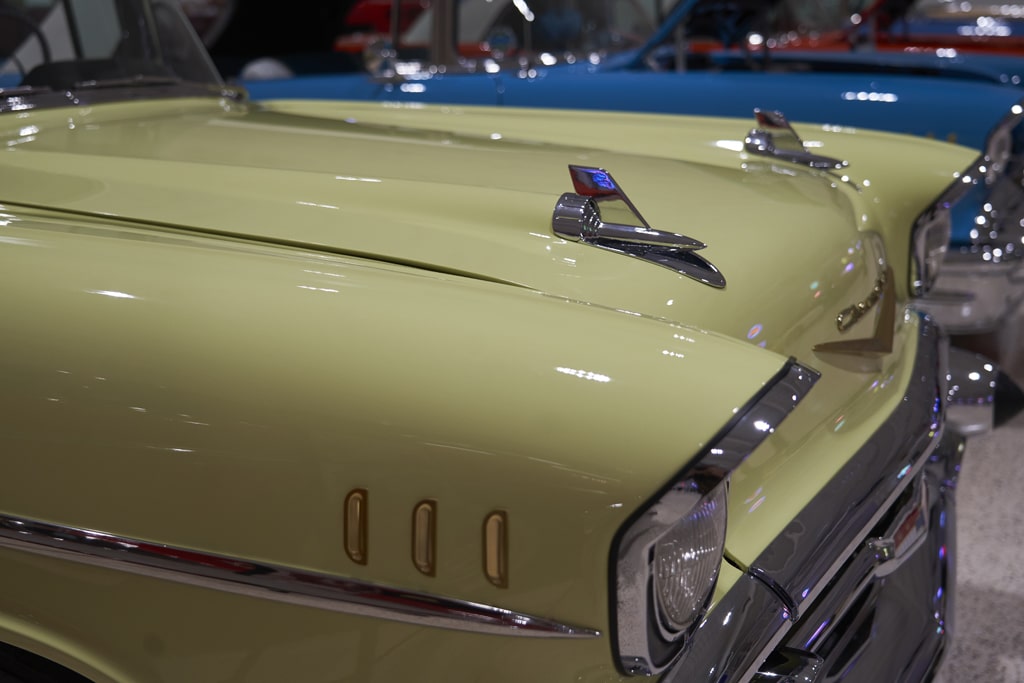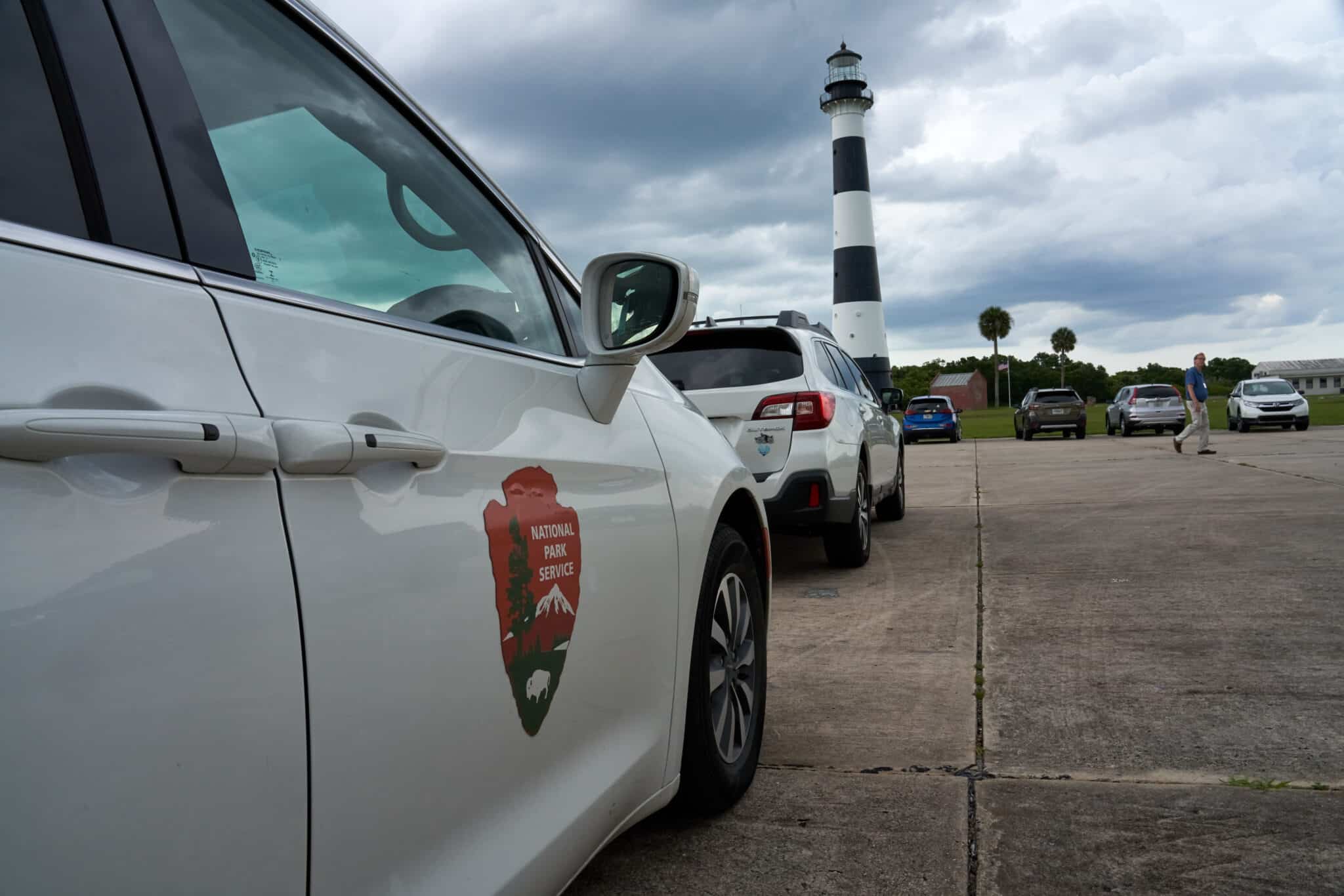Our History
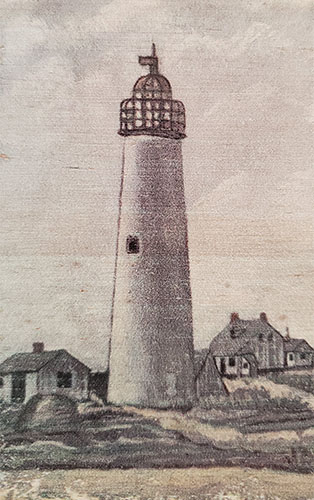 In 1789 the ninth Act of the new United States government provided for the transfer of the twelve existing lighthouses in this country from the individual states to the federal government. By 1800 twelve more lighthouses had been built and by 1850, almost 300 lighthouses guided commerce in the United States. One of these lighthouses was built at the point of Cape Canaveral in Florida. Dangerous shoals off the coast at Cape Canaveral were a constant threat to mariners and the need for a lighthouse was recognized by the Federal Government.
In 1789 the ninth Act of the new United States government provided for the transfer of the twelve existing lighthouses in this country from the individual states to the federal government. By 1800 twelve more lighthouses had been built and by 1850, almost 300 lighthouses guided commerce in the United States. One of these lighthouses was built at the point of Cape Canaveral in Florida. Dangerous shoals off the coast at Cape Canaveral were a constant threat to mariners and the need for a lighthouse was recognized by the Federal Government.
In 1849 the light was lit at the new lighthouse. The lighthouse was constructed of brick and stood sixty-five feet tall including a ten-foot lantern room. The light was a chandelier holding fifteen Winslow Lewis lamps on twenty-one-inch reflectors. The fuel was whale oil. Due to the shortness of the tower and the inadequacies of the lanterns, the problem of the dangerous shoals was not solved.
Complaints by mariners led Congress to vote funds for a new lighthouse at Cape Canaveral in 1859. It was to be made of cast iron by a foundry in Cold Spring, New York. Cast iron was a popular material for lighthouses from the 1840s into the 1880s. Although work was begun at the foundry, the onset of the Civil War postponed construction until after the War. It was then completed, and the light was lit in the new iron lighthouse in 1868.
 Cast iron lighthouses are very unique in their design and construction. They are designed in panels that can be assembled on site (or dismantled and reassembled). The plates are bolted together, and the lower set of panels is bolted to a foundation of cement. The fact that a cast iron tower sways in the wind much more than a solid masonry tower led to lining the tower with bricks. Being a seaside lighthouse, the entrance was three levels above the ground. (In 1931 another entrance was cut on the ground level to allow the installation of generators when the light was electrified). All levels of the interior are accessed by a cast iron, spiral staircase. Probably to facilitate assembling, the different levels of the staircase were numbered with Roman numerals. Another unusual feature are the circular windows set in iron rope frames.
Cast iron lighthouses are very unique in their design and construction. They are designed in panels that can be assembled on site (or dismantled and reassembled). The plates are bolted together, and the lower set of panels is bolted to a foundation of cement. The fact that a cast iron tower sways in the wind much more than a solid masonry tower led to lining the tower with bricks. Being a seaside lighthouse, the entrance was three levels above the ground. (In 1931 another entrance was cut on the ground level to allow the installation of generators when the light was electrified). All levels of the interior are accessed by a cast iron, spiral staircase. Probably to facilitate assembling, the different levels of the staircase were numbered with Roman numerals. Another unusual feature are the circular windows set in iron rope frames.
The new lighthouse had a First Order Fresnel Lens invented by Frenchman Augustine Fresnel in 1822. American lighthouses were just beginning to use them in the 1850s. This lens allowed the light to shine up to 18 miles out to sea. That and the new 151-foot tower solved the problems mariners had seeing the warning light at Cape Canaveral.
Concern over erosion over the years led to the decision in February of 1893 to move the iron lighthouse a mile and a quarter inland away from the beach. It was dismantled and the pieces moved on a tram pulled by mules over rails to its present site. The original brick lighthouse was blown up to provide material for a foundation at the new location. The lamp was lit at the new site in July 1894.
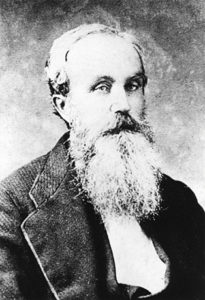 During its 155-year history, Cape Canaveral had only nine head keepers. The longest serving was Mills Olcott Burnham who served as head keeper from 1853 to 1886. Although he had two sons, both died young and never succeeded him as keeper. He did however have five daughters and the husbands and sons of his daughters served as keepers and assistant keepers. Mills Olcott Burnham and his descendants kept the light burning at Cape Canaveral for eighty years.
During its 155-year history, Cape Canaveral had only nine head keepers. The longest serving was Mills Olcott Burnham who served as head keeper from 1853 to 1886. Although he had two sons, both died young and never succeeded him as keeper. He did however have five daughters and the husbands and sons of his daughters served as keepers and assistant keepers. Mills Olcott Burnham and his descendants kept the light burning at Cape Canaveral for eighty years.
In 1939, the Coast Guard took over the responsibility of the lighthouse. The last keeper left in 1941. Cape Canaveral Lighthouse is still a working lighthouse, but the light is now automated, and no keeper is required.
In 2000 the Air Force became the owner of the lighthouse, transitioning to the Space Force in 2020. The Coast Guard continues to maintain the light. In 2002 the Cape Canaveral Lighthouse Foundation was formed to preserve the history of the Cape Canaveral Lighthouse and provide tours to the public.
For a little more history and Foundation plans for the lighthouse, you can listen to a podcast done for the US Lighthouse Society. This is an hour long podcast the first half of which is a discussion about Patos Island Light in Washington State. The Cape Canaveral Light discussion is in the 2nd half. You can listen to it here.
Lighthouse Interpretive Signs
HISTORICAL TIMELINE
Why Build a Lighthouse 1776-1847
The First Lighthouse Goes Up 1847-1849
Operating the First Lighthouse 1849-1855
Too Short and Not Too Bright 1849-1861
Civil War Turns Out the Light 1861-1865
Learning to Operate the New Lighthouse 1868-1885
Iron Lighthouse in the 19th Century 1868-1893
To Move or Not to Move 1871-1893
How Do You Move a Lighthouse in 1893 – 1894
The Lighthouse in the Early 20th Century 1894-1941
The Lighthouse Goes to War 1941-1945
Picking Cape Canaveral 1945-1950
HISTORICAL CAPE CANAVERAL
Lighthouse Tours, Videos, Podcasts, and Stories
LIGHTHOUSE TOURS
CAPE CANAVERAL LIGHTHOUSE VIRTUAL TOUR – created by the University of South Florida Center for Digital Heritage & Geospatial Information
Click Here for a 12 minute video tour of the lighthouse presented by our Historian, Barbara Moser, produced by the Space Launch Delta 45 Public Affairs Office.
LIGHTHOUSE VIDEOS
CAPE CANAVERAL LIGHTHOUSE VIDEO
Click Here for a short Spectrum News Florida on a Tankful segment about the lighthouse.
LIGHTHOUSE PODCASTS
Click here for a 321 Liftoff Podcast about visiting the lighthouse.
Click here for a US Lighthouse Society podcast for the lighthouse. This is an hour long podcast the first half of which is a discussion about Patos Island Light in Washington State. The Cape Canaveral Light discussion is in the 2nd half.
LIGHTHOUSE STORIES
Merritt Island Now magazine published a wonderful article on our Lighthouse Keeper Grave Marker Program. Click here to read it.
Keep Brevard Beautiful partnered with us at the Cape Canaveral Lighthouse for the first ever Adopt-A-Landmark program. This project was awarded the national Community Innovation Award by Keep America Beautiful. Check out the video below to learn more.
Newsletters
Florida Lighthouse Association
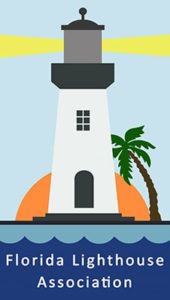 The Florida Lighthouse Association is a nonprofit group of citizen activists dedicated to the preservation of the 30 remaining historic lighthouses that line our state’s 1,350-mile coastline. Once central to the economic growth and settlement of our nation, many of Florida’s lighthouses face uncertain futures. We encourage members of the Cape Canaveral Lighthouse Foundation to support FLA by joining and attending meetings. For details check out the website at www.floridalighthouses.org . FLA grants have helped us toward our goals of restoring our Canaveral Lighthouse community as it once was. We ask you to show your appreciation by joining FLA today!
The Florida Lighthouse Association is a nonprofit group of citizen activists dedicated to the preservation of the 30 remaining historic lighthouses that line our state’s 1,350-mile coastline. Once central to the economic growth and settlement of our nation, many of Florida’s lighthouses face uncertain futures. We encourage members of the Cape Canaveral Lighthouse Foundation to support FLA by joining and attending meetings. For details check out the website at www.floridalighthouses.org . FLA grants have helped us toward our goals of restoring our Canaveral Lighthouse community as it once was. We ask you to show your appreciation by joining FLA today!
Much of the grant money awarded to Florida Lighthouse organizations comes from the sale of Florida Lighthouse car tags. Please consider this specialty tag when you renew. Learn more about this from the FLA.

